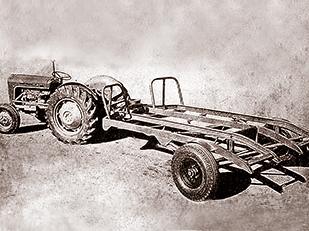
Founder Irvine Bell
establishes the company.
A self-loading sugarcane trailer among his early inventions.
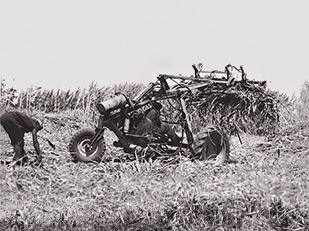
Irvine Bell invents the revolutionary Tri-Wheeled Cane Loader Machine, which is later adapted
for other industries, including
a Logger for forestry.
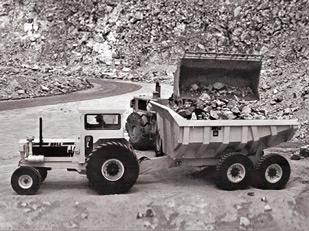
Bell introduces the world’s first heavy-duty Africa Haulage Tractor with automatic transmission.
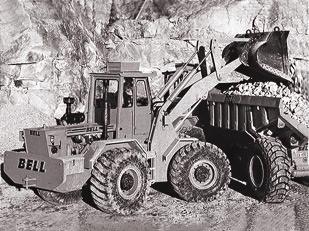
Applying the Haulage Tractor’s strong, simple design philosophy, Bell enters the Wheeled Loader market.
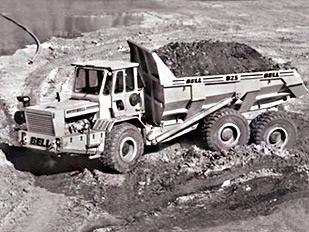
From the new production facility in Richards Bay, South Africa, the first Bell Articulated Dump Truck (ADT) enters service.
The chassis later forms the base of the Bell Timber Truck.
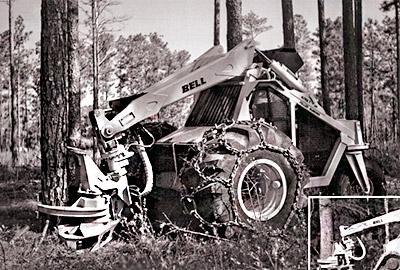
The Bell Super T Feller-Buncher revolutionises mechanical felling
and bunching of timber
in the forestry industry.
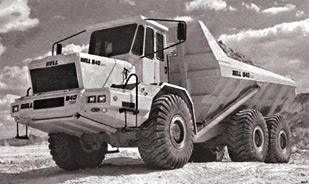
Bell targets heavy duty mining applications with
the launch of the B40 ADT.
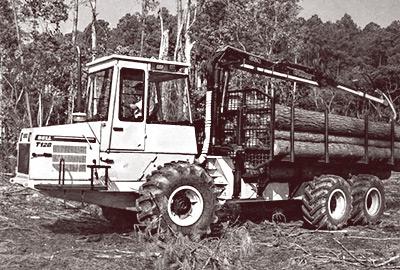
Bell launches the T12 Forwarder for timber extraction and short haul from infield to roadside or depot.
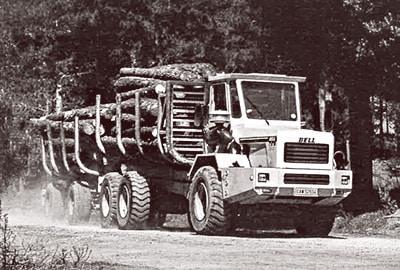
The T17 Timber Truck, based on the Bell ADT chassis, is introduced for timber extraction over longer lead distances and higher speeds.
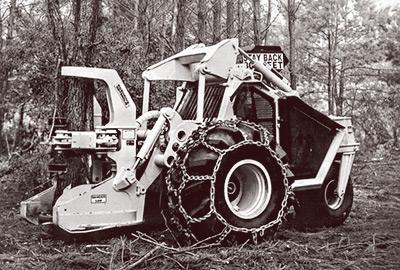
The Bell Ultra C Loggers prove extremely versatile and capable of handling both thinning and small clear-fell operations.
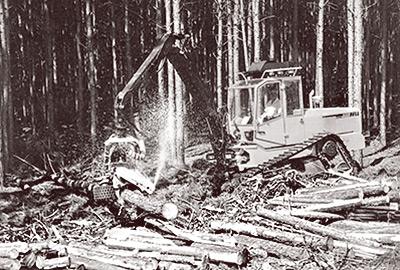
The TH120 Tracked Harvester offers a solution to felling, de-limbing,
cross-cutting and stacking of timber.
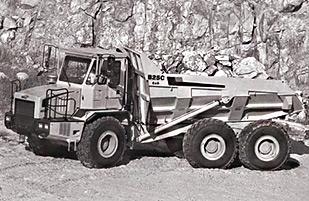
The Bell C-series ADT and Wheeled Loader ranges are launched.
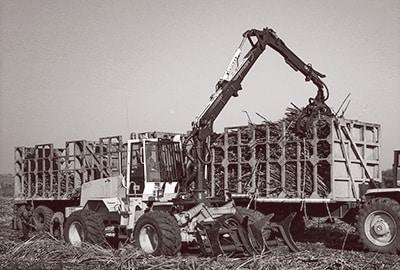
The L1204C Flexi-Loader/Piler
slew loaders deliver high
productivity for in-field loading
in sugarcane and timber.
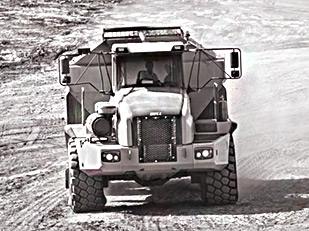
Bell unveils the B50D, the world’s largest production ADT.
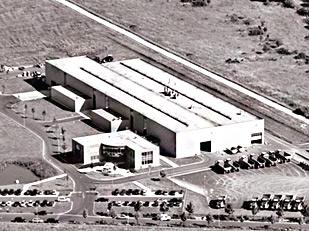
ADT assembly commences in Europe at Eisenach-Kindel, Germany.
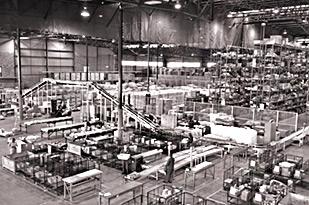
The Bell Global Logistics Centre is commissioned in Jet Park, Johannesburg to deliver world-wide parts support.
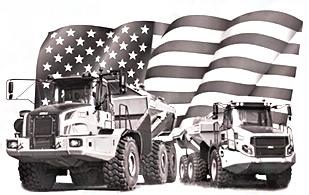
Bell re-enters the Americas and commences the appointment of distributors and dealers in the region.
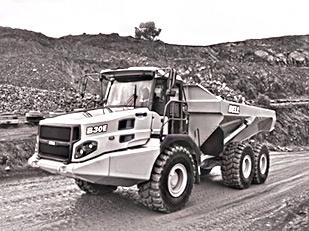
The E-series Small Trucks are released to the market.
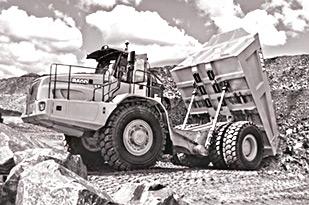
Production of the B60D 4×4 ADT commences, being the largest ADT of its kind in the world at the time.
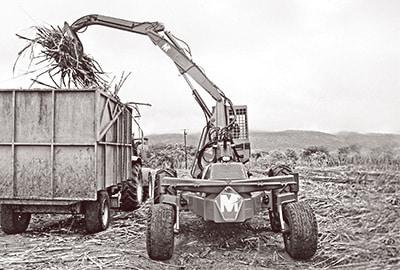
The UltECO 5 Slew Loader delivers simplicity and an unrivalled
lowest cost per ton solution
in the sugar industry.
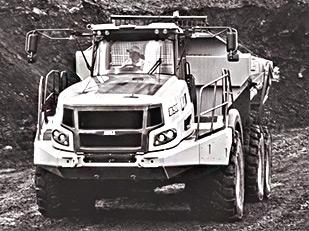
The E-series Large Truck range is release to the market.
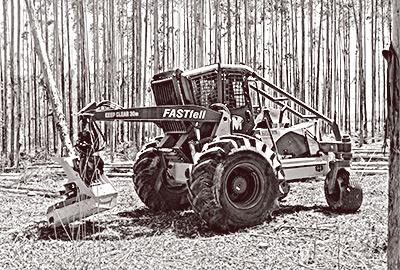
Bell commences distribution and support of Matriarch Equipment’s innovative forestry and agriculture machinery. Matriarch was founded in 2009 by Irvine Bell’s grandsons, Justin and Ashley Bell.
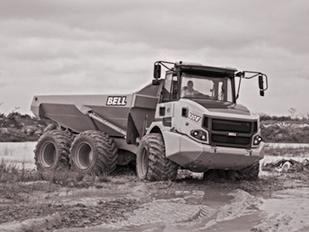
Expansion of the European Logistics Centre and German and Central European sales and distribution departments is completed.
The Bell B20E Low Ground Pressure ADT is introduced to Northern Hemisphere markets.
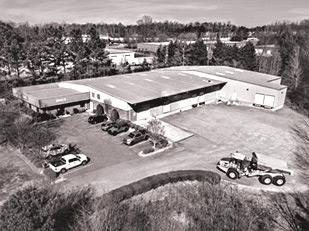
The American Logistics Centre opens its doors and Bell expands its 4×4 ADT range with 30t and 45t models.
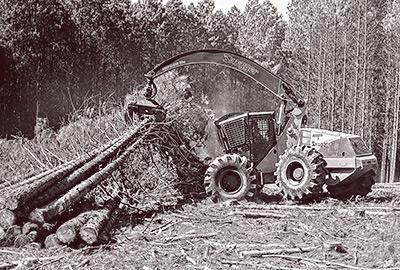
The Bell LogPro/CanePro is introduced as a modern tri-wheeler offering a comfortable, ergonomic cab with a world first active counterweight.
The F-series Tri-Wheeled Loggers and Cane Loaders are launched featuring water-cooled engines and significant ergonomic improvements.
The Skogger makes its entrance as versatile hybrid between a conventional Skidder and the tri-wheeled Logger.
The FastFell offers a simple, low-cost mechanised felling and bunching solution to the timber industry.
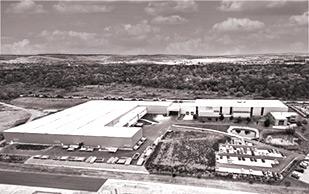
Bell commences manufacturing operations at its Eisenach-Kindel factory in Germany.
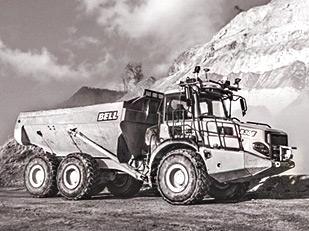
With the Bell E-series autonomous-ready platform, Bell begins trials operating two B30Es autonomously.
Bell takes its industry leading technology underground with a new side-mount underground ADT.
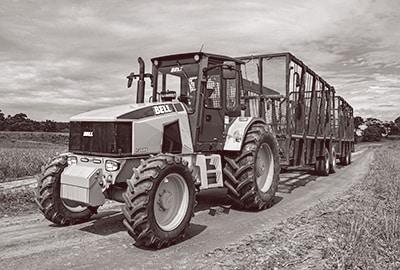
The Series V Haulage Tractor is introduced, powered by the John Deere 6,8 L engine.
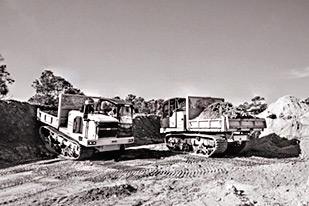
Bell provides a niche solution for extremely soft underfoot conditions with the introduction of the TC7A and TC11A Tracked Carriers.
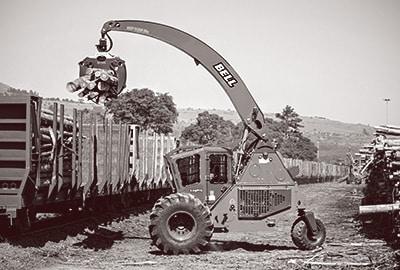
Bell expands its range of Water Tankers to offer eight tank sizes from 16 000-litres to 50 000-litres.
Rebranding of Matriarch Equipment and launch of the dedicated Bell Forestry & Agriculture business unit.
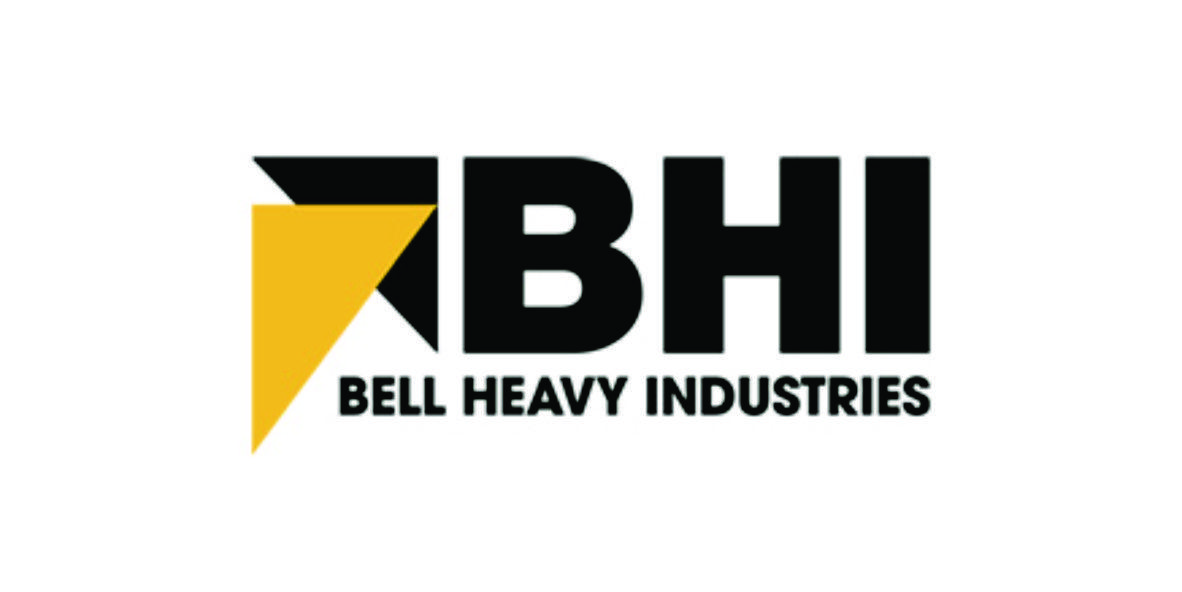
Bell starts contract
manufacturing in South Africa through its newly formed division, Bell Heavy Industries (BHI).

Bell Equipment marks 70 years
in business by launching a range of timber harvesting and handling attachments.
The first commercial autonomous Bell ADT starts moving dirt in the UK.
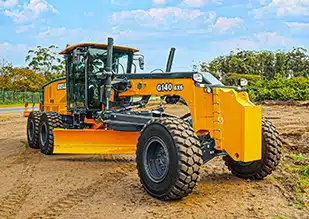
Bell launches its range of Bell Motor Graders into the developing market.
Bell Equipment celebrates the
21-year anniversary of its 50-ton ADT concept at Bauma 2025, after having first released the B50D model
for northern hemisphere sales at
Bauma 2004.
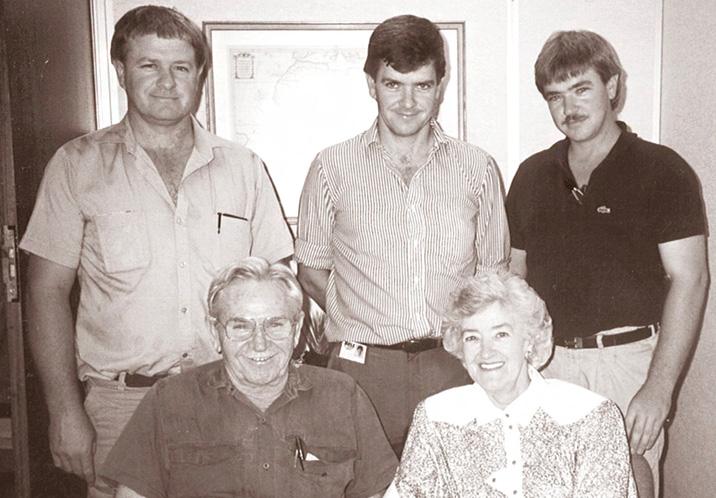
Our Bell founders, Irvine and Eunice Bell and Eunice’s brother, Malcolm Campbell, were hardworking, humble people who set a solid foundation based on integrity, trust, and strong family values.
The next generation, comprising Irvine’s sons Peter, Gary, and Paul played a pivotal role in transitioning Bell from an engineering workshop into a manufacturing powerhouse. They took the business global and established the significant network we have today.
The third generation, lead by our CEO, Ashley Bell, is involved in different aspects of the business. Sharing the family’s inherent passion for innovation and solving customer problems, they are committed to shaping the direction and culture of the business to build on the legacy.
Bell Equipment, hailed as a “South African manufacturing icon” by former Minister of Economic Development, Ebrahim Patel, has grown from its agricultural beginnings in KwaZulu-Natal into a globally respected manufacturer.
Employing nearly 4 000 people, the company champions skills development through one of the country’s largest apprentice training programmes. Bell supports localisation and partners with numerous South African suppliers, creating tens of thousands of indirect jobs.
With a world-class engineering team and extensive product range spanning mining, construction, forestry, and agriculture, Bell exports to 80 countries. Our expansive support network, backed by a Global Logistics Centre in Johannesburg, ensures unmatched service to customers worldwide.
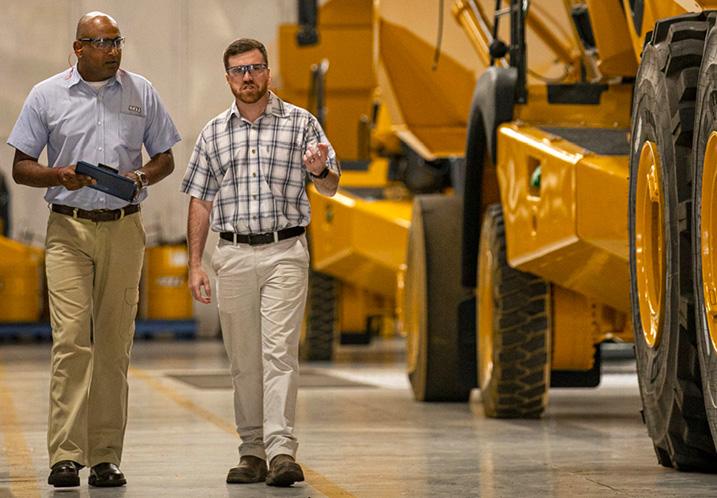
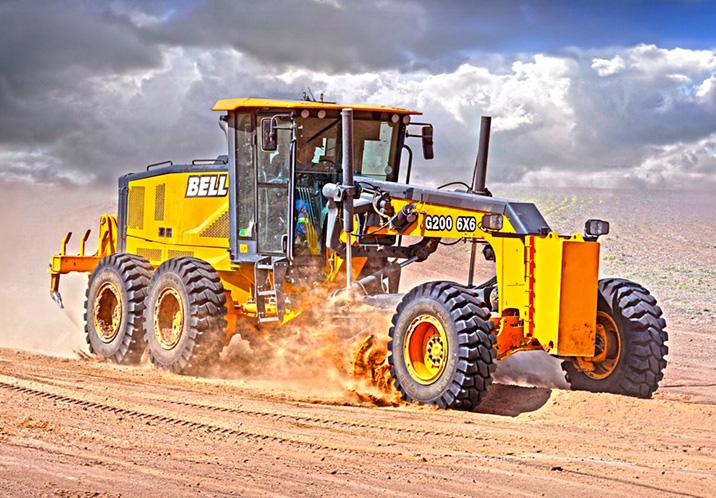
Since Bell was founded in 1954, the company has been at the forefront of providing innovative machine solutions to meet customer challenges. From the game-changing Bell Tri-Wheeler in 1964 that revolutionised sugarcane handling to Africa’s first Articulated Dump Truck (ADT) in 1984, Bell has consistently pioneered a better way.
Our ADTs, including the world’s largest 60-ton B60E, have set industry benchmarks in efficiency and safety. Bell was also the first to introduce onboard weighing, satellite-based telematics, and an autonomous-ready platform on its ADTs.
From the Bell Tracked Carrier, launched in 2021, to the latest development, the Bell Motor Grader, Bell has a strong focus on innovation and continues to invest in cutting-edge technology to meet evolving industry needs.